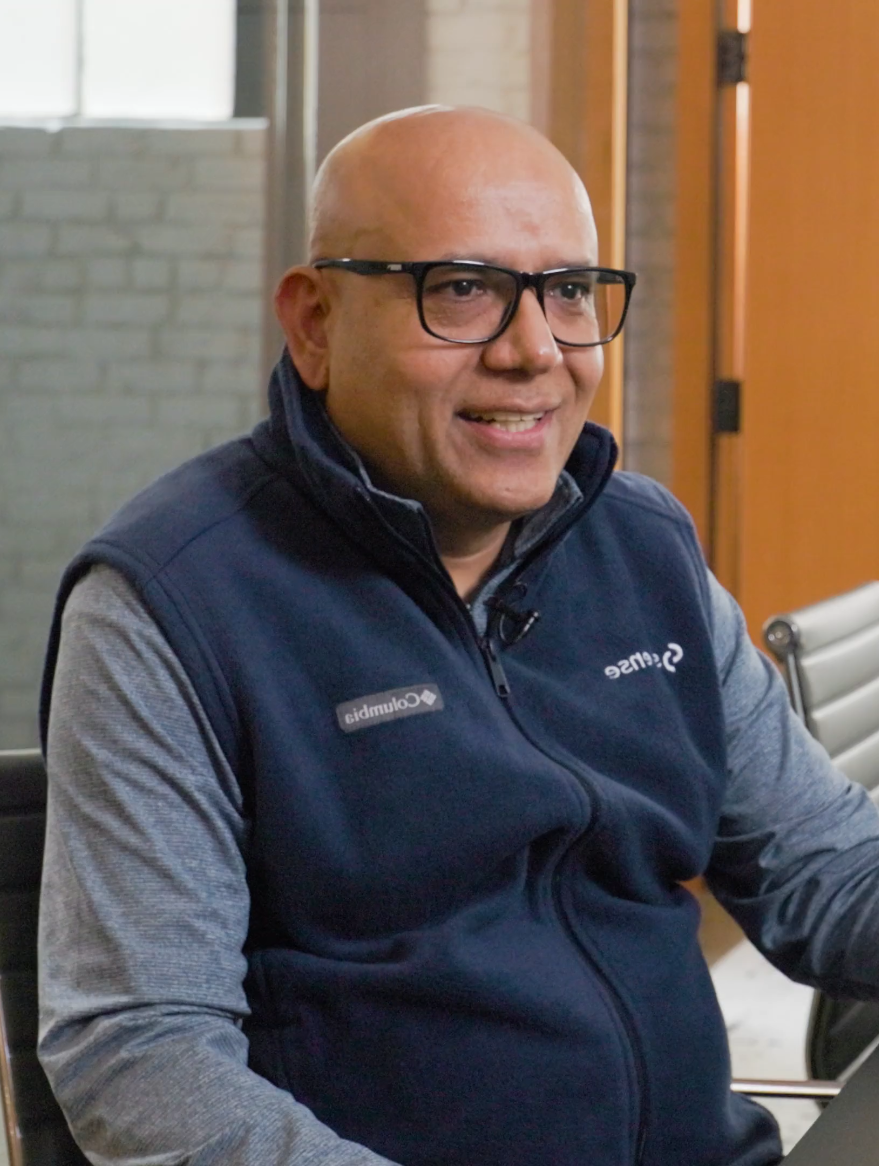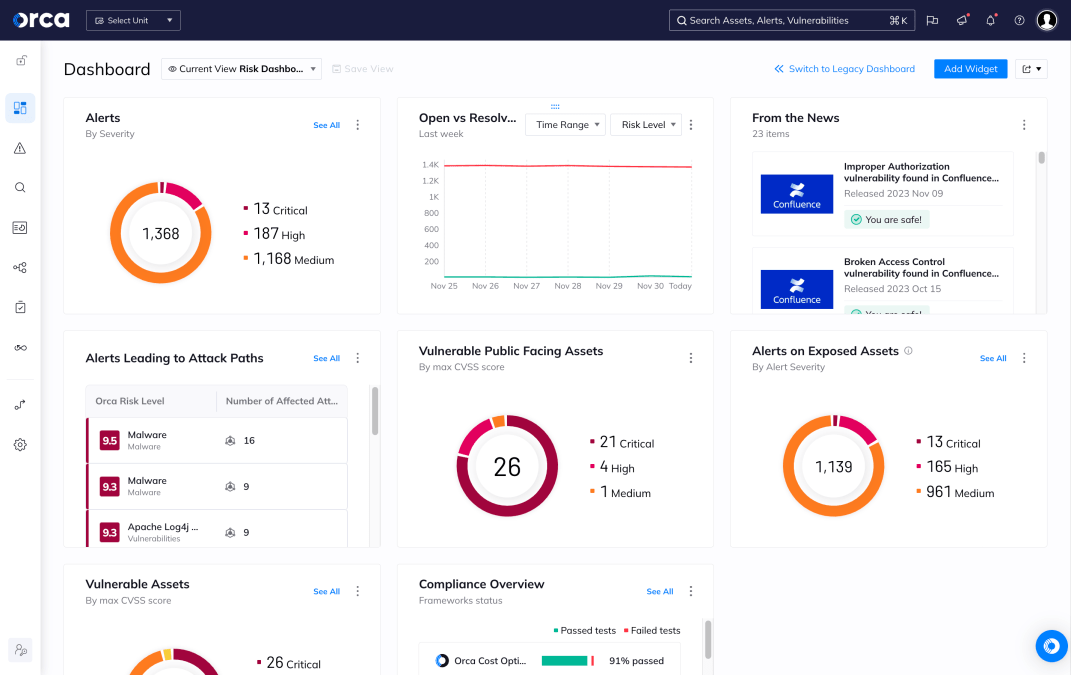Solutions in Action
Organizations Around the World Are Using Orca to Adapt to Anything
Orca adds value practically from the first day of use. With other tools, we wait months to see value coming from them.”
Vivek Menon
VP & CISO, Digital Turbine
Additional Case Studies








